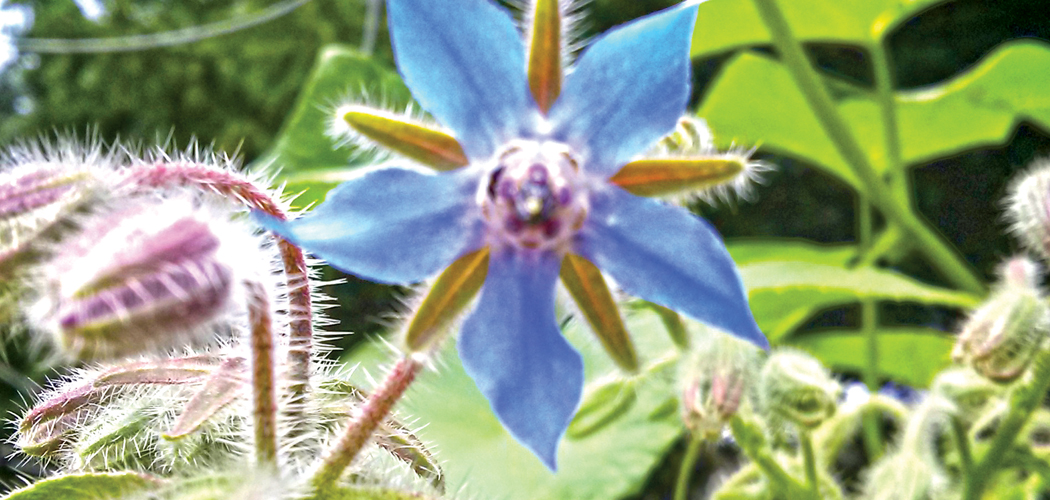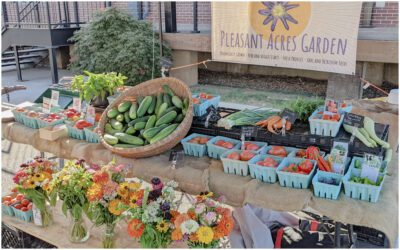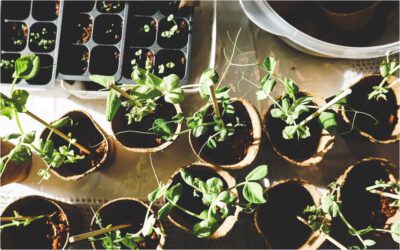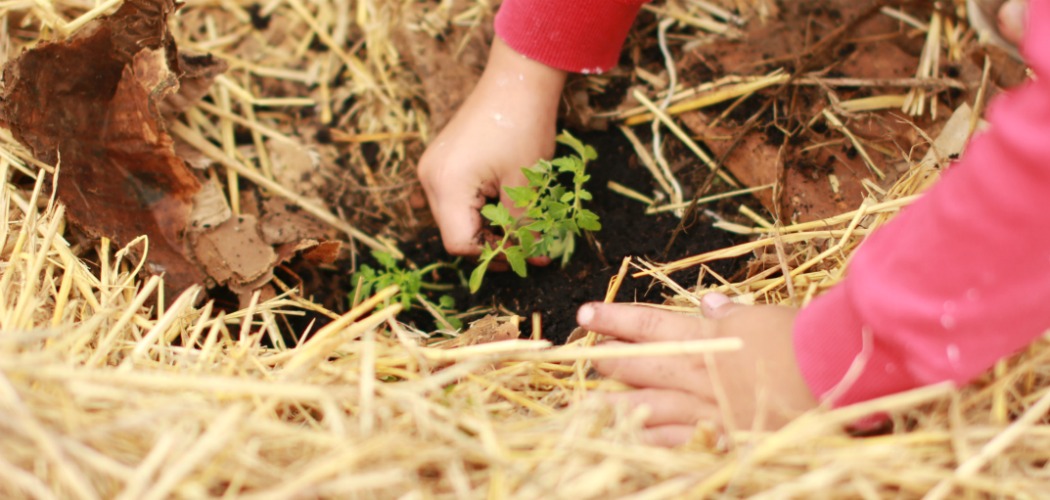[title subtitle=”words & Images: Tiffany Selvey”][/title]
There are a lot of different types of gardens. We have formal gardens, cottage gardens, medicinal gardens, the list goes on. Perhaps one of the most fun garden themes is the cocktail garden. While I would love to teach you how to grow vodka (in the same way that I wish I could purchase bacon seeds), we must rely on the liquor store to provide some of the ingredients, but the most flavorful cocktail additions can be grown right outside your own door.
In The Drunken Botanist, author Amy Stewart delves into the botanical background of the world’s most famous adult beverages. She explores the roots of alcohol, so to speak. It is certainly fun and educational to learn how to purchase the best products, but in my humble opinion the best part of this book is its collection of recipes. In a world of high-fructose corn syrup and cheap wines, The Drunken Botanist returns us to civilized drinking, for the enjoyment of an artistic beverage, rescuing us from what we may have learned as young adults. We might call this up-and-coming movement “farm to bar.”
Creating a cocktail garden is much like creating any vegetable garden, except our focus is slightly changed. Instead of growing the hardy foods that send us to bed with full tummies, like carrots, potatoes and fibrous greens, we focus on distinct flavors, beautiful edible blooms and gentle essences.
When we discuss plants, there are a few important keywords everyone should know. Perennial plants return every year. These are varieties that are hardy to our environment and will survive the winter. Annual plants live for one season only, while conditions are favorable, often until the first freeze. Some bushes and trees are not hardy to our area, that is, they will not survive the winter. Some of these can be brought indoors to overwinter, and placed back outside after the last freeze. While I wouldn’t suggest having a lot of cold-sensitive trees, it’s fun to have one or two, which make nice house plants in the winter.
{ HERBS }
We begin our exploration of cocktail varieties with herbs. English thyme and lemon thyme are perennial herbs that pair well with bright fruits, like citrus and berry flavors. Thyme is best harvested fresh, so use it in summer-inspired drinks with gin. Likewise, mint is in-season during the summer and should be used fresh. With drinks like mint juleps and mojitos touting this herb, there is no reason not to grow it. Did I mention it’s easy to grow? It grows like a weed, literally, so keep its invasive growth habit at bay and keep it in a container on the porch.
{ BLOOMS & LEAVES }
Sure herbs make beautiful garnishes, but is there any prettier garnish than an actual bloom? Borage and nasturtium both have edible blooms and leaves, making them lovely and safe for garnishing. Not only are they pretty but both varieties are highly desirable for our bee friends. As an added benefit, each plant has tasty leaves. Young borage leaves can be harvested for a plethora of recipes, while young nasturtium leaves are a spicy addition to fresh salads.
{ VEGETABLES }
When you think about cocktail-related plants, you probably don’t think about vegetables. Let’s change that. Many popular and easy growing veggies pair perfectly with liquor. I’m a firm believer that everyone should grow cherry tomatoes, if for no other reason than for snacks while enjoying the outdoors, but as it turns out, they also pair well with vodka and tequila. Hot peppers are equally easy to grow and make great spicy cocktails; jalapeno-infused vodka, for example, makes an extra spicy and extra tasty bloody mary. Use a few additional pepper slices for garnish to impress your guests. When it comes to cocktail vegetables, the Mexican sour gherkin wins the “cutest veggie award.” These miniature cucumber-like fruits make almost any drink exciting.
{ FRUITS }
We can’t talk cocktails without mentioning berries. Strawberries and blueberries are popular ingredients but can be fussy to grow. As an alternative, try juneberries. With a flavor similar to blueberries, and an almond finish, juneberries can hold their own as a cocktail ingredient. Freeze these sweet berries and add to summer drinks as an alternative to ice. The delicate flavor will pair well with most fruity drinks, and using frozen berries to cool your drink will keep it from getting watered down. As a garden plant, this bush is very low-maintenance, with birds as the most common pest. They are tolerant of almost any soil, very cold-hardy and appealing to the eye as they mature from gentle blooms, to bright purple fruits.
I said that you shouldn’t grow too many frost-sensitive trees, but everyone should have their own citrus. You can brag to your friends that you grow lemons in Arkansas! If bragging isn’t your style, then you can at least enjoy a margarita with the satisfaction that you grew those tart limes yourself. Look for dwarf citrus varieties to grow in containers. Meyer lemons are among the most popular container fruits. Not a true lemon, the Meyer is a cross between a lemon and orange, giving a sweet and tart flavor. Once the nightly lows are above freezing, trees can stay outside, just remember to bring them in before the first frost. Try using Meyer lemons for a classic whiskey sour.
[infobox bg=”greenlight” color=”black” opacity=”on” subtitle=”
1 ½ ounces Whiskey
¾ ounce Simple Syrup
1 ½ ounces Fresh Squeezed Lemon Juice
Ice Cubes
Combine ingredients in a cocktail shaker and shake well.
Strain into a glass and enjoy.”]Classic Whiskey Sour[/infobox]
Perhaps the best thing about cocktail gardens is that they can be grown in any space. Consider turning a boring flowerbed into your new garden, devote a raised bed to a cocktail garden or even grow your cocktail varieties in containers! Always use high-quality garden soil amended with compost to keep your plants healthy and happy.




